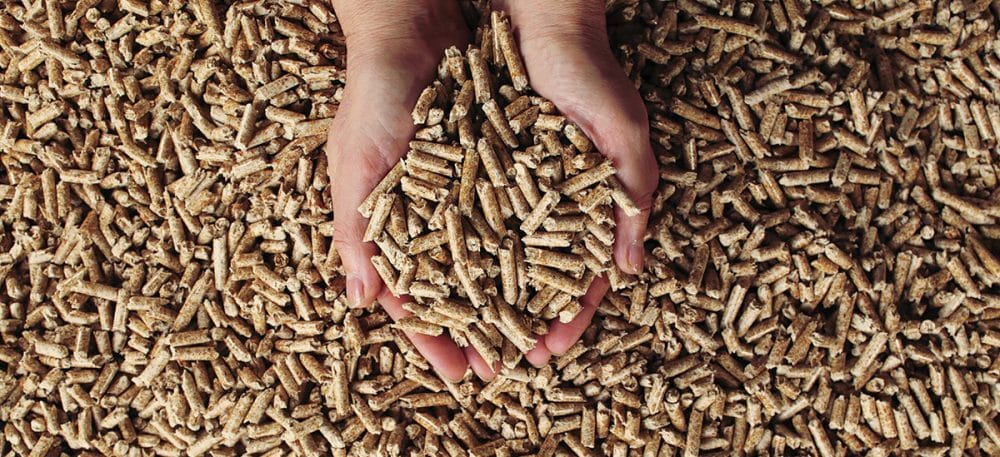Wood contains a huge variety of organic substances and minerals which can be separated using a process known as “destructive distillation”. As heat is applied in the absence of oxygen, wood splits (“cracks”) into its constituents in reverse order of volatility; some of these will decompose further or polymerise into components not in the original wood. The resulting mix is highly dependent on the temperature profile applied and, to some extent, on the type of wood. Fractional distillation enables liquids of different molecular weight to be separated by differential condensation.
Broadly speaking, this mix consists of substances which at room temperature are either:
- gases (eg. methane, ethane, ammonia, propane)
- liquids (eg. methanol, octane, coal oil) or
- solids (eg. tars, charcoal)
The solids are those with the highest carbon content and the gases those with the least, the main other elements being hydrogen and oxygen with comparatively small amounts of nitrogen and minerals.
What is proposed here is to grow a biodiverse forest and harvest the wood in a sustainable way to produce:
- fuel from the gases and liquids
- a carbon sink from the solids
This process will be highly carbon negative: the fuels will simply be returning the carbon dioxide used to make them back to the atmosphere and so be carbon neutral, the carbon sequestered will remove the majority of the carbon captured in the growing process.
This could also be appied to existing fossil fuel reserves, the difference being that burning of the resulting carbon-light fuels would not be carbon neutral in this case, however the space created could be used for burying carbon from other sequestration sources.
Comments please.

This process can’t scale beyond the laboratory or a few tiny start ups: we’ve already run out of trees!
Even if there were enough trees the energy required to process the timber into liquid fuels is more than the net energy yield from those fuels when we include all supporting infrastructure: 2nd law is a bitch!
Would it not be more efficient, even if more of an eyesore, to cover the same area with solar panels and save burning fossil fuels? Could you not sequestrate atmospheric carbon dioxide using electricity from the solar panels? Are trees the most effective way to do it?